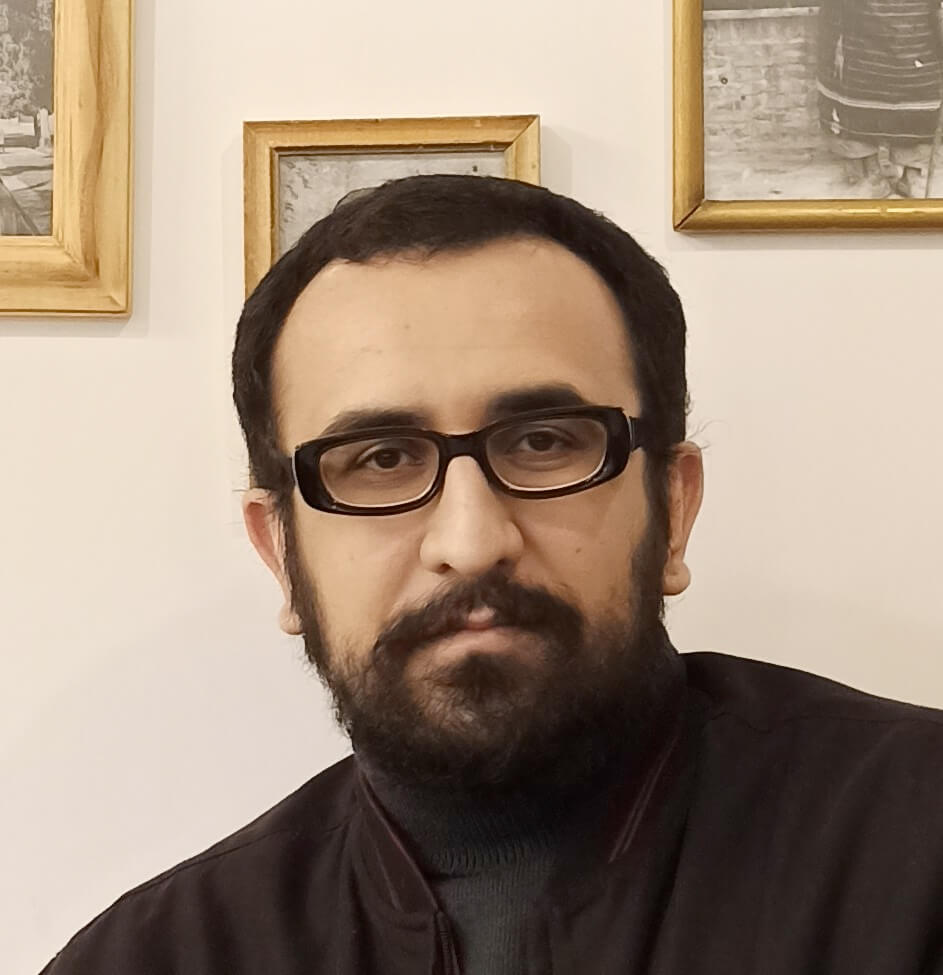Navid Memar is a Tehran-based artist who has had experience as an director and designer. He is working on post-dramatic and space-making in art. His main interest in art is on illustrating base. Navid Memar is working in different tendencies such as architecture, visual arts like collage, sculpture, short film, video art, and theatre.
He has had many influences from Romeo Castellucci, and he produces his own plays about the theatre ideology of Romeo Castellocci. Of course, in combination with Iranian elements and his personal ideology from "amata studio".
He spent his childhood and youth in Kashan and has a special interest in Iran's history and native culture and Iranian writers.
He is studying directing in Tehran University Fine arts. In 2015 he established a studio named Amata. Since then he starts his professional work.
Statement
" 'افلا تتفکرون' means 'Do you not think?' It is a part of a Quranic verse. This name invites the audience to think independently in each frame, regardless of the overall issue of the collection. And each audience can build their mental world according to the signs they see in the photo.
'افلا تتفکرون' collection is the narrative of creation through paintings related to each event in a historic men's public bath that has been turned into a museum. Baths are in direct contact with the body.
My approach to the narrative of creation has been a combination of the views of Islam and Christianity in this regard.
In this collection, a look is taken at the issue of women's absence in the first Qajar family photos, as an example of which I have addressed the issue of women's absence in public baths. The alternative was a baby girl instead of a wife / Eve.
In most frames, the presence of paintings helps to narrate and emphasize the signs. And give us this
It informs that the problem of creation has been repeated again and again and this process will continue." -- Navid Memar
